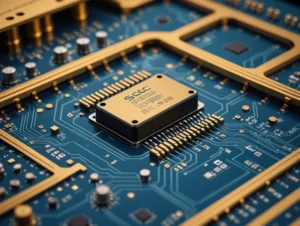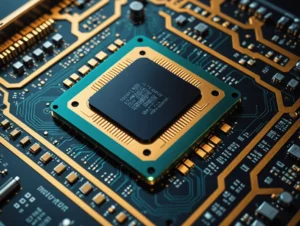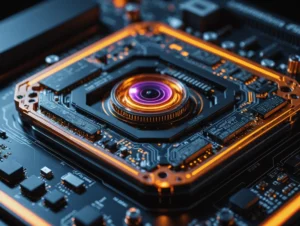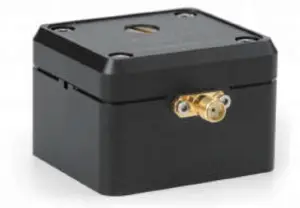An optical isolator is a specialized magneto-optic device that permits light transmission in a single direction while effectively blocking back reflections. These isolators play a crucial role in safeguarding laser sources from disruptive back-reflected signals that can lead to mode hopping, amplitude fluctuations, or frequency shifts. For high-power laser applications, back reflections can trigger performance instability and power surges.
The fundamental principle of an optical isolator is based on the Faraday Effect, discovered by Michael Faraday in 1842. This phenomenon describes how the polarization plane of light rotates when passing through an optical medium under the influence of a magnetic field. Importantly, this rotation is non-reciprocal, meaning it depends solely on the direction of the magnetic field rather than the light propagation.
Faraday Rotation
The rotation angle (β) of polarized light through a Faraday medium is determined by:
β = V × B × d
Where:
- V: Verdet Constant (a material-dependent property, measured in radians per Tesla per meter).
- B: Magnetic flux density (measured in Teslas).
- d: Path length through the optical material (measured in meters).
An optical isolator consists of an input polarizer, a Faraday rotator with a magnet, and an output polarizer. The input polarizer ensures only linearly polarized light enters the Faraday rotator. This element rotates the light’s polarization by 45°, allowing it to pass through the output polarizer. In the reverse direction, the Faraday rotator again rotates the polarization, causing it to be 90° out of phase with the input. Consequently, the reflected light is either absorbed or reflected, preventing interference.
Types of Optical Isolators
1. Polarization-Dependent Isolators
Forward Mode
For a polarization-dependent optical isolator, light enters the system through an input polarizer aligned at 0°. This ensures only vertically polarized light is transmitted. The Faraday rotator then rotates the polarization plane by 45° in the forward direction before exiting through an output polarizer set at 45°. As a result, the transmitted light maintains its polarization state and is efficiently propagated forward.
For applications requiring higher isolation, dual-stage isolators incorporate an additional Faraday rotator and polarizer, further improving isolation performance.
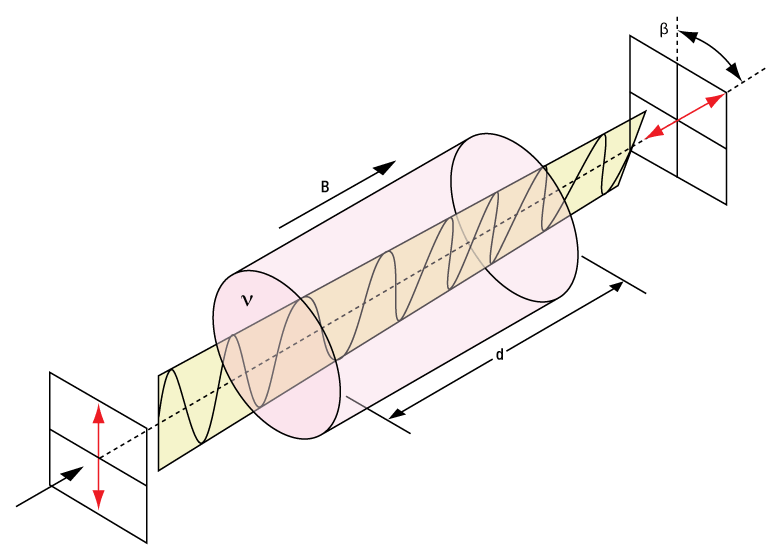
Reverse Mode
When light propagates backward through the isolator, it first passes through the output polarizer, which aligns the polarization at 45°. The Faraday rotator then rotates the polarization by another 45°, causing the net rotation to be 90° relative to the input polarizer. This results in complete rejection of the reflected light, which is either absorbed or reflected, preventing any disruption to the laser source.
2. Polarization-Independent Fiber Isolators
Forward Mode
A polarization-independent fiber isolator utilizes birefringent crystals to split incoming light into two orthogonally polarized components. A Faraday rotator and a half-wave plate then rotate the polarization of each beam before recombining them using a second birefringent crystal. This ensures that the isolator functions independently of the light’s initial polarization state.
To enhance performance, a dual-stage design integrates an additional Faraday rotator, half-wave plate, and birefringent beam displacer before the collimating lens, further increasing isolation efficiency.

Reverse Mode
When light travels in the reverse direction, it encounters the birefringent crystal again, splitting into two beams aligned with the forward mode. However, due to the non-reciprocal nature of the Faraday rotator, the original polarization rotation is negated. The recombination process is disrupted, causing the back-reflected light to be deflected away from the collimating lens, ensuring that it is effectively eliminated from the optical path.
Key Considerations for Optical Isolators
1. Damage Threshold
At Photonics On Crystals (POC), our optical isolators are designed for superior transmission efficiency and high isolation performance. We use TGG (Terbium Gallium Garnet) as the Faraday rotator material due to its excellent optical quality, high Verdet constant, and resistance to laser-induced damage. Our isolators have been tested for 22.5 J/cm² at 1064 nm (15 ns pulses at 1.5 GW/cm²) and continuous power handling of 20 kW/cm².
2. Magnetic Field Influence
The performance of an isolator is significantly influenced by its magnetic assembly. POC utilizes precision-engineered multi-component magnet systems instead of simple magnets to optimize parameters such as optical path length, rotation efficiency, and field uniformity. To ensure safe operation, we recommend keeping steel or magnetic objects at least 5 cm away from the isolator.
3. Temperature Dependence
The Verdet Constant and magnetic field strength exhibit temperature-dependent variations. A deviation beyond ±10°C from room temperature can affect isolator performance. For applications requiring extended temperature stability, contact POC’s technical support team.
4. Pulse Dispersion in High-Speed Systems
Optical pulse broadening occurs when a pulse propagates through a material with a refractive index greater than one. This effect, significant in ultrafast laser systems, results in increased pulse width:
- τ (before isolator) = 197 fs → T(z) (after isolator) = 306 fs
- τ (before isolator) = 120 fs → T(z) (after isolator) = 186 fs
To minimize dispersion effects, our isolators are optimized for minimal group velocity dispersion (GVD), ensuring precise pulse transmission for high-speed photonics applications.

